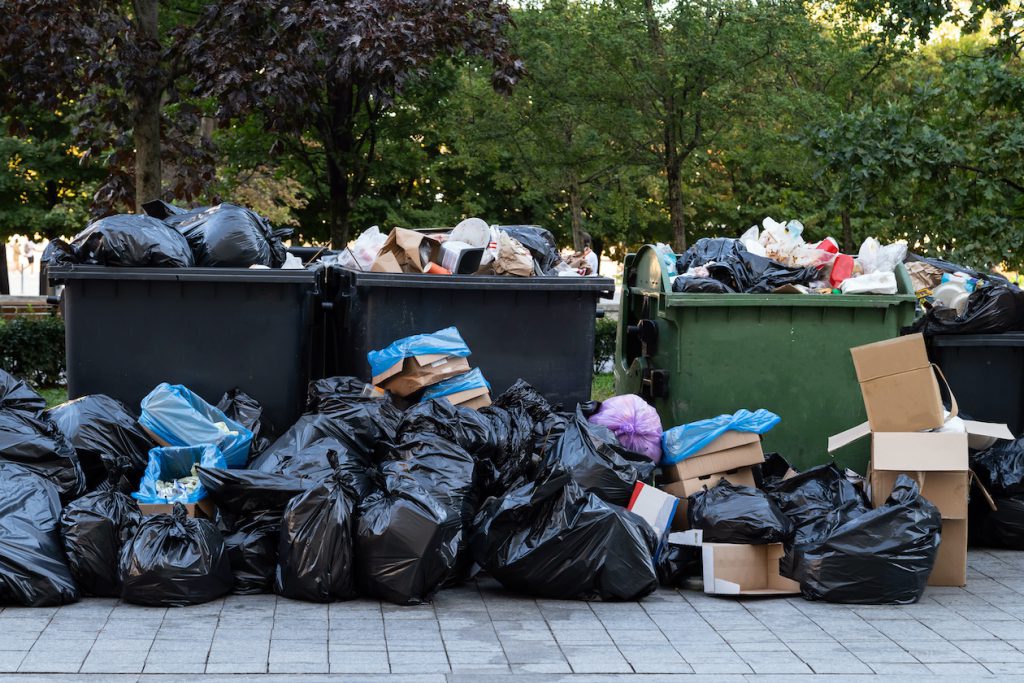The Good Things About Managing Waste

Americans make 277 million tonnes of trash every year (annually). This number is much higher than any other country, so the US government and environmental groups have devised several ways to deal with this important problem.
But what does it mean to “manage waste”? In basic terms, trash, sewage, and other waste can be collected, moved, and thrown away.
Enhanced environment
Most likely, the most important benefits of waste management are improving the environment and the air quality. People stay healthy because garbage disposals keep them from getting sick. The best part is that all of this is happening while things that aren’t needed are being thrown away cleanly. To get rid of trash faster, should put more waste disposal units in Tier 1 and Tier 2 cities. In the long run, this will also help put extra safety measures in place.
Getting rid of pollution
Proper waste management not only reduces the amount of waste that is made but also reduces the amount and impact of dangerous greenhouse gases like carbon dioxide, carbon monoxide, and methane released from waste in landfills. By taking care of our trash, we can reduce the number of things that hurt the environment and reduce our reliance on landfills.
Savings on energy
Recycling is an important part of managing trash because it helps save energy over time. Recycling paper is one of the most obvious ways this is a good thing. To produce paper, it takes thousands of trees to be felled. When old paper is used to make new paper, cutting down trees are much less important. This cuts down on your carbon footprint and saves energy simultaneously.

Gives people jobs
There are hundreds of jobs just in the recycling industry. As more people take care of the environment in this way, businesses that make and sell goods made from recycled materials will become more popular. This helps their business and creates hundreds of new jobs.
Different Waste Disposal Methods
Landfills
Most trash is thrown into landfills, the most common way to get rid of trash today. The main goal of this method for getting rid of trash is to bury the trash in the ground. In developing countries, garbage dumps are common. Even though this is the most common way to get rid of the trash, it is not the only way, and it may need several different spaces. Air and water pollution are bad for the environment and put the lives of people and animals in danger. Landfills are being used less and less in many places.
Incineration/Combustion
In incineration, also called combustion, solid waste from cities is burned at very high temperatures. As a result of the process, they eventually break down into waste and gas. This has one of the most important advantages. The approach is that it reduces the volume of solid waste by 20–30% while also making it easier on landfills and taking up less space.
Reusing and reusing
Resource recovery is the process of putting leftovers that can still use to good use. The parts and resources of these abandoned goods are then taken apart, found, or changed into heat, power, or fuel that can use. Recycling is finding new uses for old things to waste less energy and new raw materials. Recycling is the third step in the hierarchy of ways to deal with trash.
